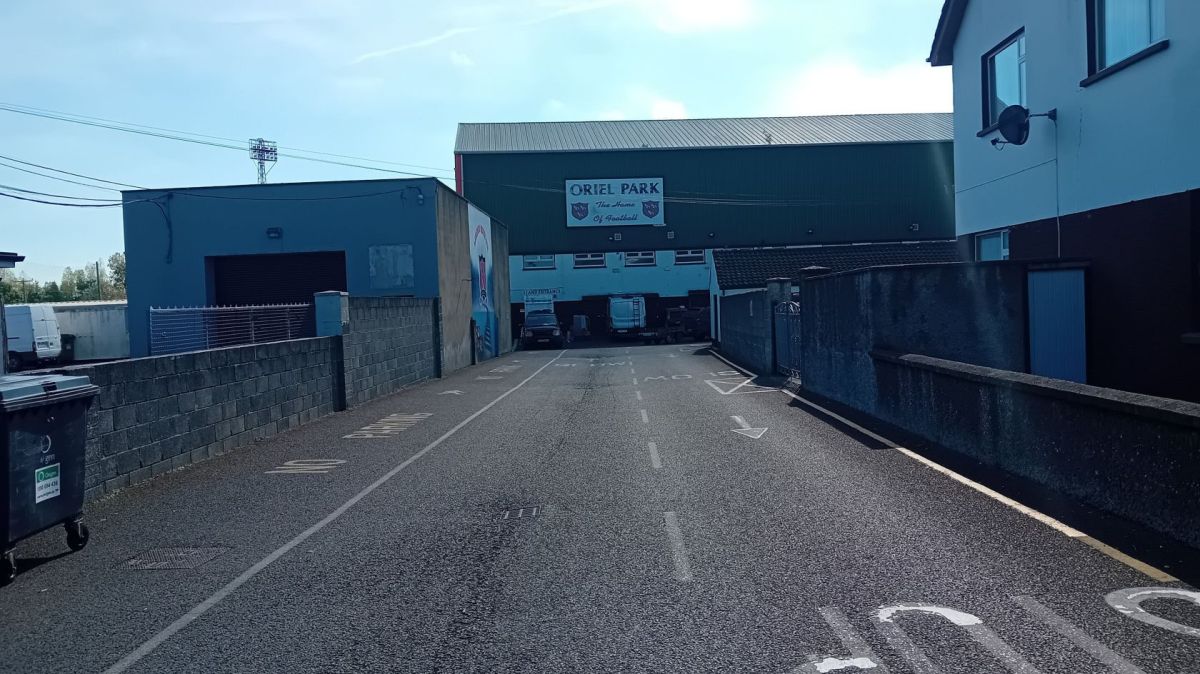The curlew, known for its distinctive long bill and haunting call, had seen its population in Northern Ireland decline by 82% since 1987, placing it at risk of global extinction.
However, a UK-wide, four-year initiative called Curlew LIFE, funded by the European Commission, has led to significant success, with a notable rise in the breeding population. In Northern Ireland, the project has concentrated on key areas like the Antrim Plateau and Upper and Lower Lough Erne, where curlew numbers have seen impressive growth.
🎉 The 2024 Curlew breeding results in Northern Ireland are in! 🎉
— RSPB NI (@RSPBNI) October 9, 2024
We've seen some incredible results this year as the @CurlewLIFE project comes to an end.
📷Read the full story on the 2024 Curlew breeding results here: https://t.co/dhqKnomSgS pic.twitter.com/emV8G1Vwvd
This breeding season on the Antrim Plateau, the population increased from 37 pairs last year to 52 pairs this year, signalling a critical step toward recovery for the species. At the Lower Lough Erne Islands Reserve, a steady 43 breeding pairs were recorded again this year, across 200 hectares of lowland wet grassland.
Katie Gibb, RSPB NI’s conservation officer for the Antrim Plateau, emphasized the significance of these gains. “Through the Curlew LIFE project, we’ve seen 202 chicks fledge, and some are already returning to the breeding population. This has led to a 40% increase in pairs within just one year,” she said. “It’s a vast improvement compared to the 116 fledglings recorded between 2011 and 2020, and it gives us real hope as we shift from preventing extinction to managing a recovering population.”
Amy Burns, estate manager of RSPB NI’s Lower Lough Erne Islands Reserve, praised the team’s efforts. “The success on the islands is a testament to the hard work of our Reserve team. It’s rewarding to see the increase in fledglings, which shows the habitat improvements are having a real impact on the curlew’s recovery.”









